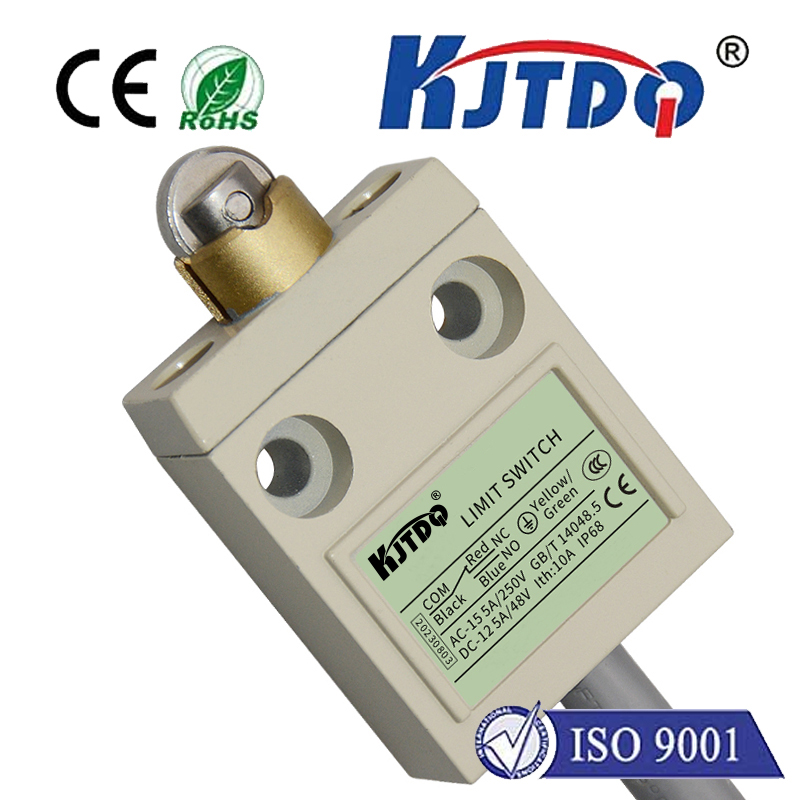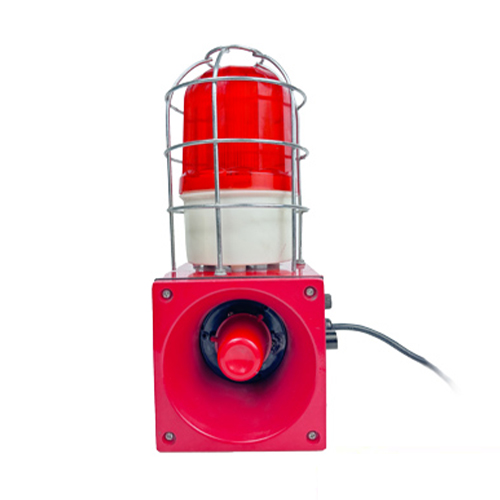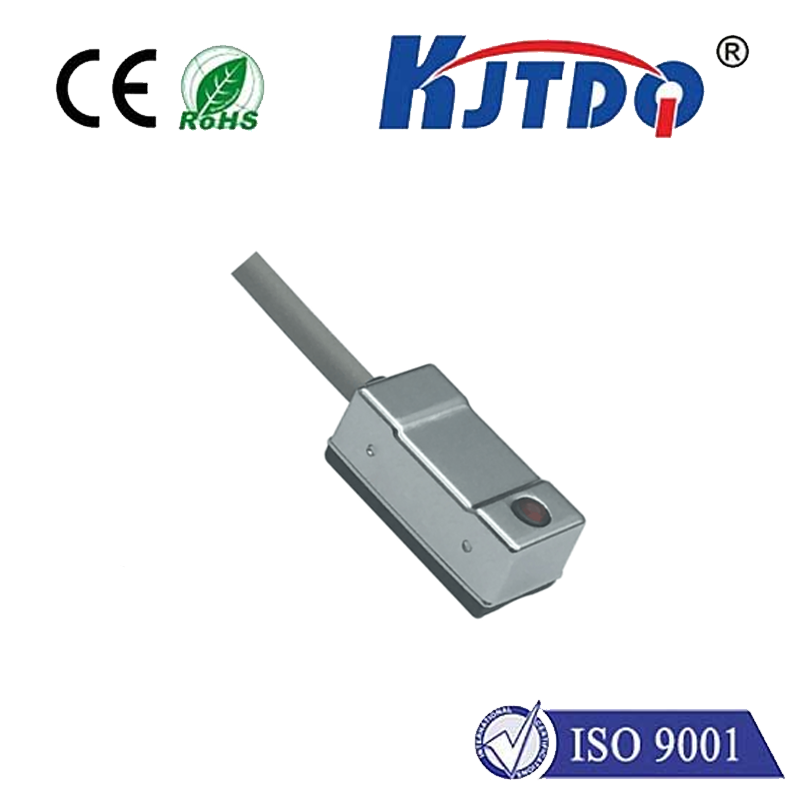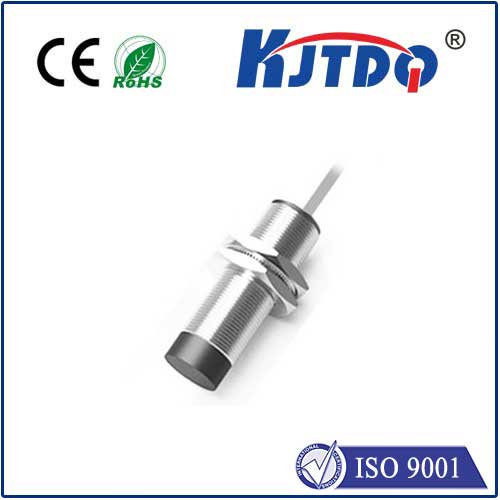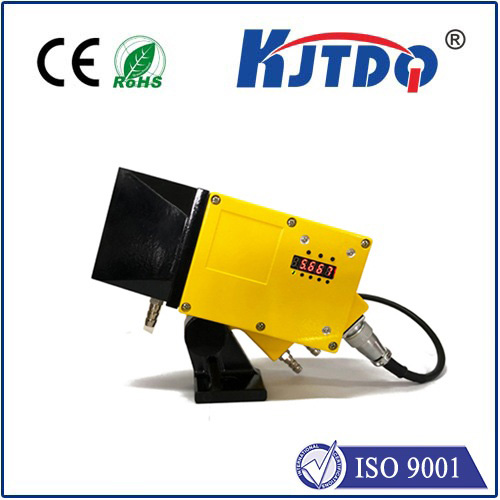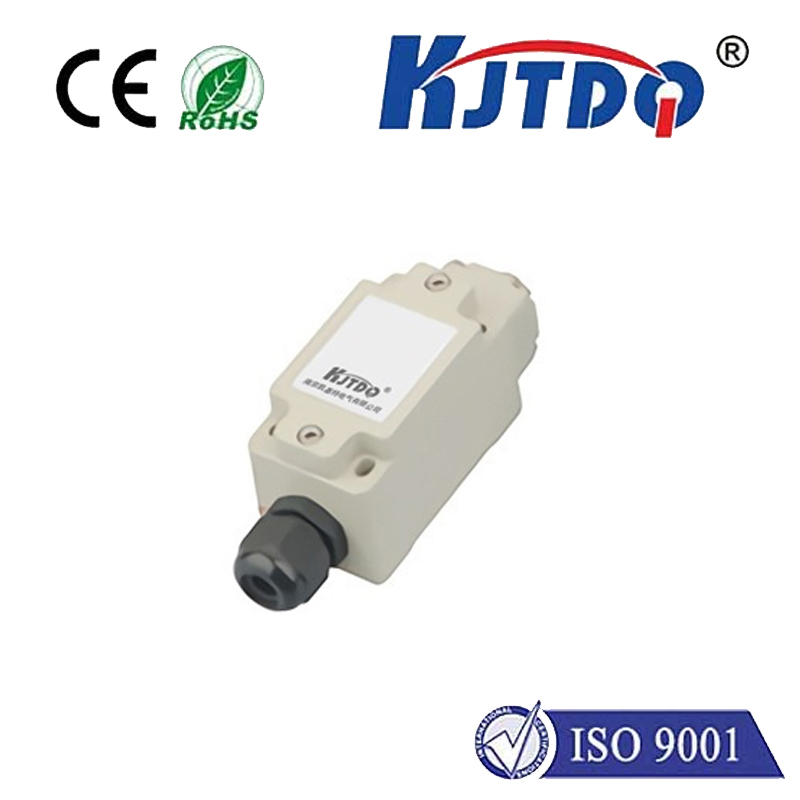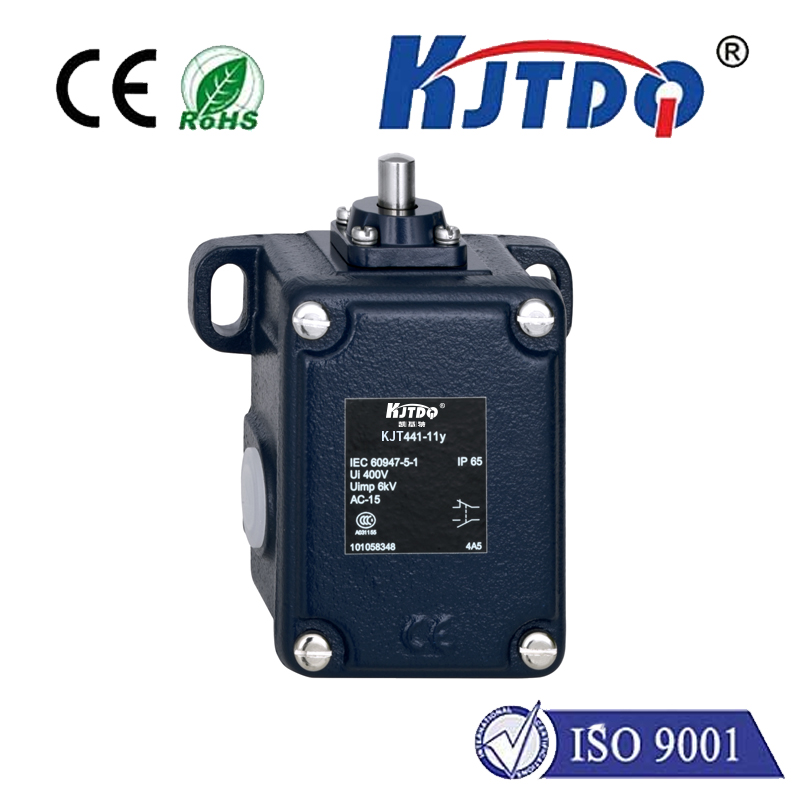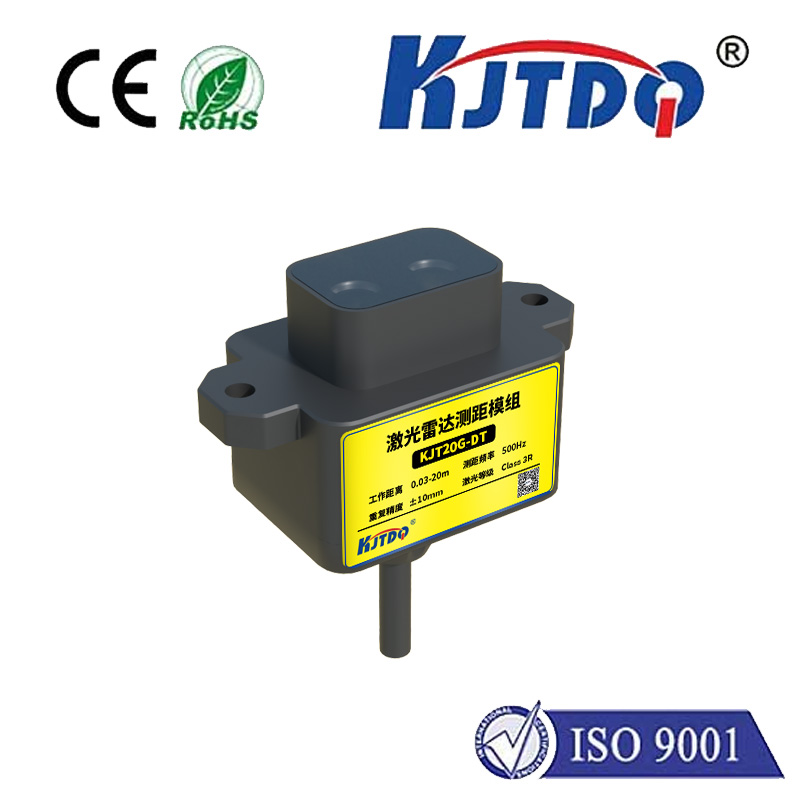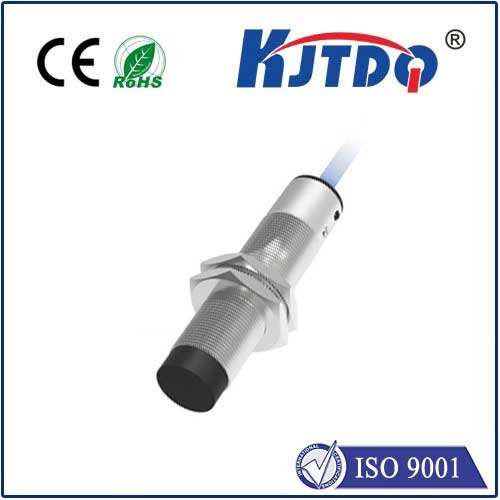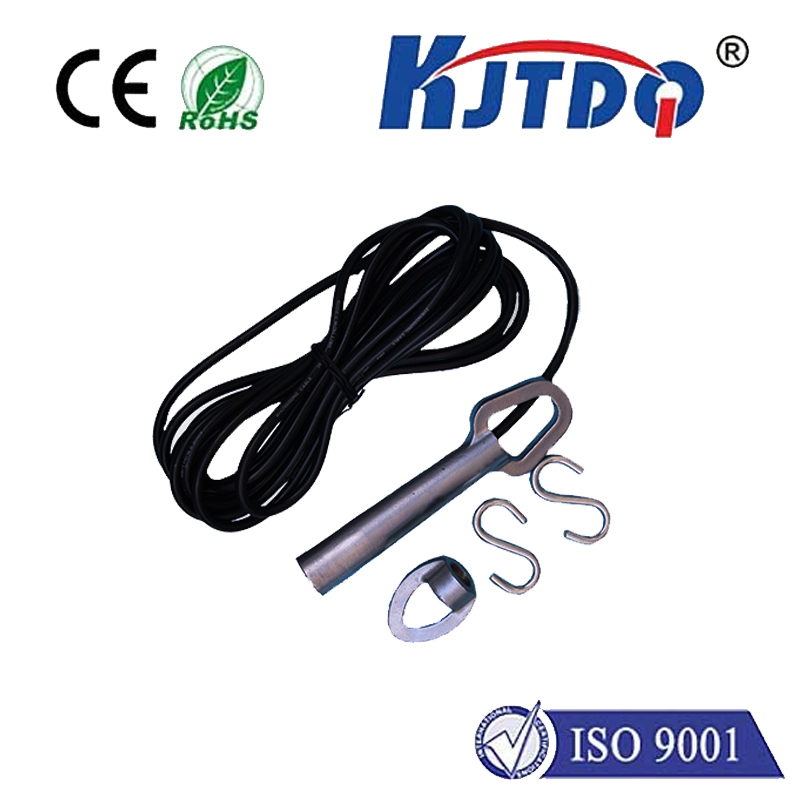BES02TN proximity sensor
- time:2025-10-14 02:46:13
- Click:0
BES02TN Proximity Sensor: The Unseen Guardian of Industrial Automation
The sudden halt of a CNC machine mid-cycle. An unplanned stoppage on a high-speed bottling line. These costly disruptions often trace back to a single, critical, yet frequently overlooked component: the proximity sensor. In the relentless world of industrial automation, sensors are the digital fingertips, providing the essential feedback that keeps systems intelligent and operational. Among these vital components, the BES02TN inductive proximity sensor stands out as a paragon of unwavering reliability and robust performance, silently ensuring the smooth flow of countless processes. Understanding its capabilities is key to unlocking greater machine uptime and operational efficiency.
The Core Strength: Inductive Sensing Excellence
At its heart, the BES02TN leverages the fundamental principles of inductive proximity sensing. This non-contact technology operates by generating a high-frequency electromagnetic field from its sensing face. When a conductive metal target – a machine part, piston, or gear tooth – enters this field, it induces tiny eddy currents within the target. The sensor’s sophisticated electronics detect the resulting energy loss or oscillation change within its own coil, triggering a solid-state switch output signal without any physical contact. This core principle underpins the BES02TN’s significant advantages:
- Unmatched Durability: Designed for harsh industrial realities, the BES02TN typically boasts a robust stainless steel housing (grade V2A/1.4305 often specified). This construction provides exceptional resistance to impact, vibration, and corrosion from coolants, oils, and cutting fluids common in manufacturing environments.
- Rugged Environmental Protection: A critical feature is its high ingress protection rating, commonly IP67 or IP69K. This signifies an impervious defense against dust ingress and the ability to withstand powerful jets of water or even temporary immersion. Contamination and washdown procedures pose no threat to a correctly installed BES02TN proximity sensor.
- Zero Maintenance, Long Service Life: The absence of moving parts or mechanical contacts subject to wear is a game-changer. Unlike mechanical limit switches prone to fatigue and failure, the BES02TN operates purely electronically. This translates to virtually maintenance-free operation and an exceptionally long operational lifespan, dramatically reducing downtime and replacement costs.
- High-Speed Operation: Inductive sensors like the BES02TN react incredibly fast. They can detect targets zipping by at thousands of times per minute (response frequencies often in the hundreds of Hertz), making them perfectly suited for high-speed counting, positioning on fast-moving machinery, and detecting rapid cyclic movements where mechanical switches would fail.
- Resilience Against Fouling: Accumulating dirt, grime, or thin layers of non-conductive material on the sensing face generally does not impede the BES02TN’s ability to detect metallic targets. Its electromagnetic field penetrates these contaminants, ensuring reliable operation in messy industrial settings.
Decoding the Specifications: What Makes the BES02TN Tick

While features like its sturdy build and inductive principle define its category, the specific implementation in the Balluff BES02TN brings refined performance:
- Operating Principle: Inductive (specifically designed for ferrous and non-ferrous metals).
- Sensing Distance: Defined by its specific model suffix (e.g., BES02TNN1 might have a 1.5mm nominal range, BES02TNN4 a 4mm range). Critical for proper installation and avoiding false triggers. Always verify the exact sensing distance for your specific part number.
- Output Configuration: Primarily features a 3-wire DC configuration, typically available in NPN (sinking) or PNP (sourcing) versions with a Normally Open (NO) switching function. Selecting the correct type (NPN vs. PNP) is essential for compatibility with your PLC or control system.
- Supply Voltage: Operates reliably within a standard 10-30V DC range, offering flexibility for common industrial power supplies.
- Output Current: Capable of switching sufficient current (commonly around 200mA) to directly drive PLC inputs, small relays, or indicator lamps.
- Connection: Uses a standard M12 x 1 connector or integral cable, facilitating quick installation, replacement, and connection to industry-standard M12 cordsets.
- Short-Circuit & Reverse Polarity Protection: Integrated electronic safeguards protect the sensor from wiring errors or accidental short circuits, enhancing system resilience.
- Status Indication: Often includes an integrated LED that provides visual feedback for power status and target detection, simplifying commissioning and troubleshooting.
Industrial Applications: Where the BES02TN Proves Its Worth
The combination of robustness, reliability, and non-contact sensing makes the BES02TN proximity sensor indispensable across a vast spectrum of industrial automation:
- Machine Tool Monitoring: Detecting tool presence/absence in spindles and tool changers, verifying chuck or tailstock position, confirming workpiece clamping on CNC lathes or machining centers. Its immunity to coolant is crucial here.
- Material Handling & Conveyance: Position verification of pallets, carts, and carriers. Detecting presence/position of products, boxes, or totes on conveyor lines. Monitoring fill levels in metal bins or hoppers.
- Packaging Machinery: Ensuring consistent container positioning before filling, capping, or labeling. Verifying the position of moving parts like cams, arms, or sealing heads. Detecting metal caps or closures.
- Automotive Manufacturing: End-of-stroke detection for pneumatic and hydraulic cylinders (via a metal target flag). Verifying part presence on robotic welding fixtures or assembly stations. Monitoring robotic arm positions. Counting pistons, shafts, or gears on production lines. Its durability withstands harsh welding environments.
- Robotics: Providing precise feedback for end-effector position, gripper status (open/closed via target flags), and confirming part pickup/placement. Enables collaborative robot safety features by detecting nearby metal objects.
- General Factory Automation: Any application requiring reliable, non-contact detection of metallic objects – counting, positioning, speed monitoring, surveillance of moving parts, or simple presence verification.
Selecting and Implementing for Success
To maximize the performance of the BES02TN proximity sensor, consider these points:
- Target Material: While inductive sensors detect all metals, the effective sensing range can vary significantly. Ferrous metals (like steel) yield the longest range. Non-ferrous metals (aluminum, brass, copper) require a shorter mounting distance. Always refer to the sensor’s datasheet for reduction factors.
- Mounting: Inductive sensors require specific clearance around the sensing face and metallic mounting structures to prevent false triggering or reduced range. Follow the manufacturer’s recommended installation distances meticulously. Proper flush mounting or non-flush mounting (depending on sensor design) is critical.
- Sensor Type (NPN/PNP): Match the output type (NPN sinks current to negative, PNP sources current from positive) precisely to the requirements of the connected controller (PLC input card type). Mismatches will prevent operation.
- Environment: While exceptionally tough, consider factors like extreme temperatures (check the specified operating range), strong magnetic fields, or welding splatter which might necessitate specialized sensors or protective measures. Its IP67/IP69K rating makes it ideal for washdowns, but ensuring the connector seal is intact is vital.
The Silent Sentinel of Production
Often operating unseen and unnoticed, the BES02TN inductive proximity sensor is a fundamental pillar of modern automation. Its exceptional






